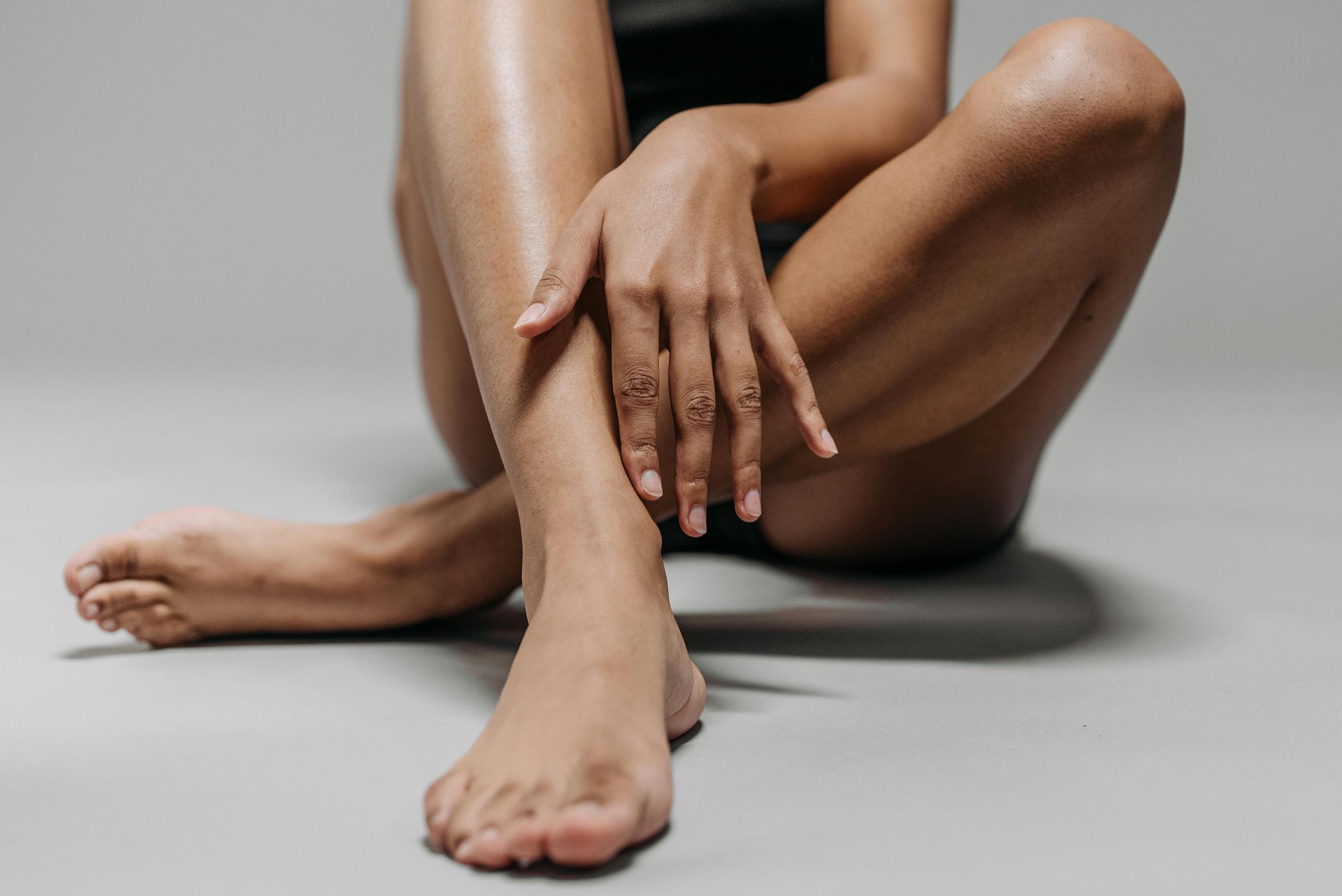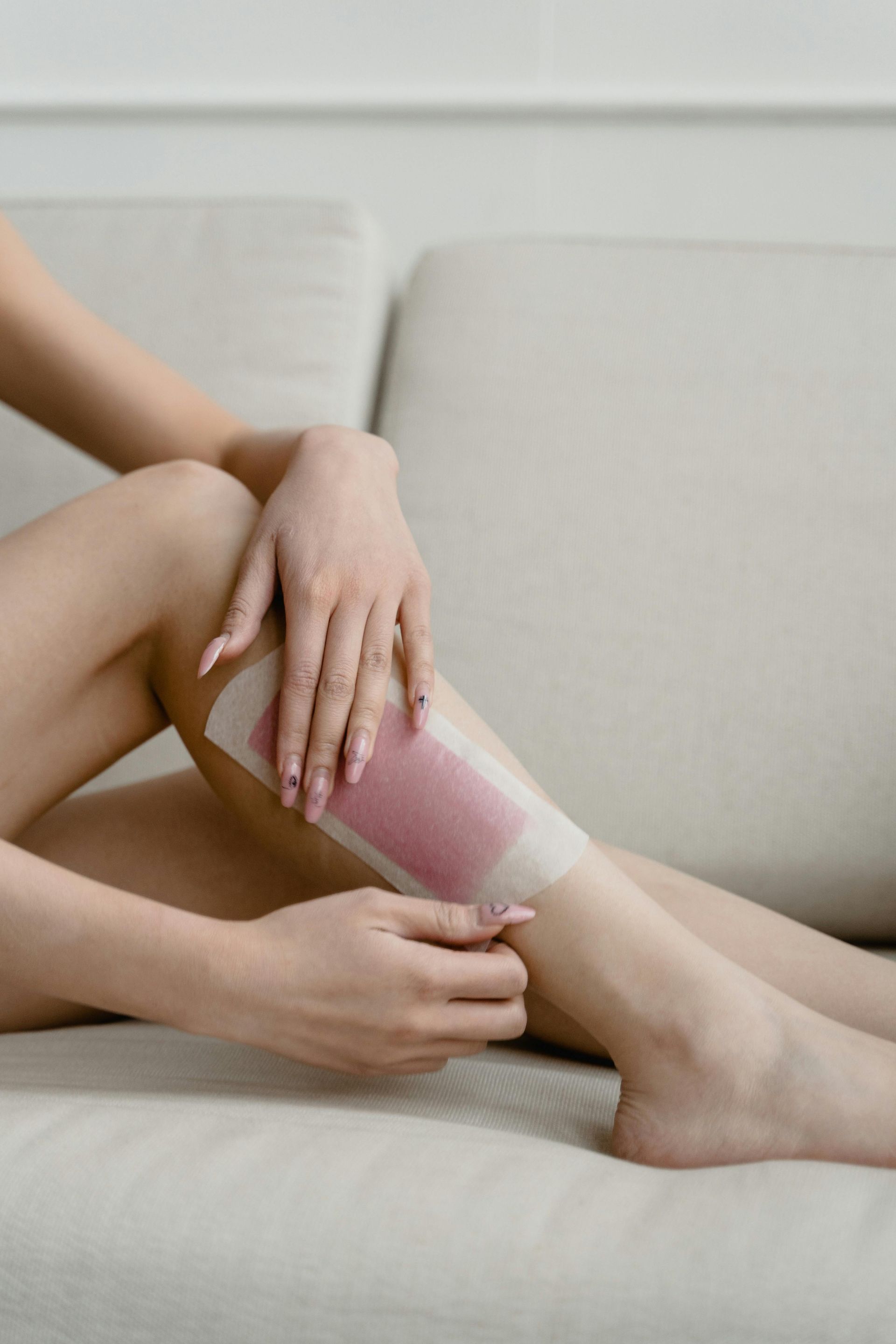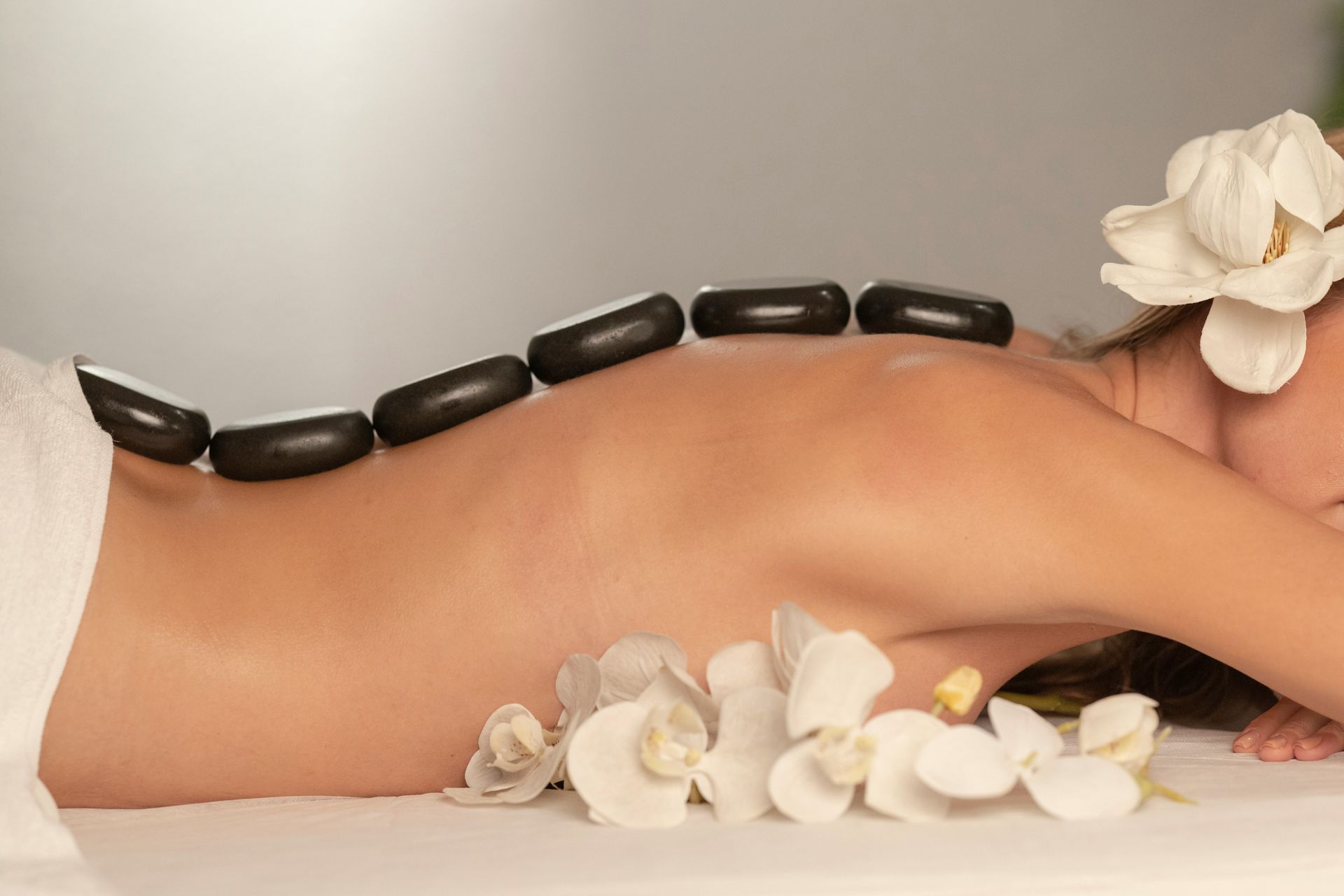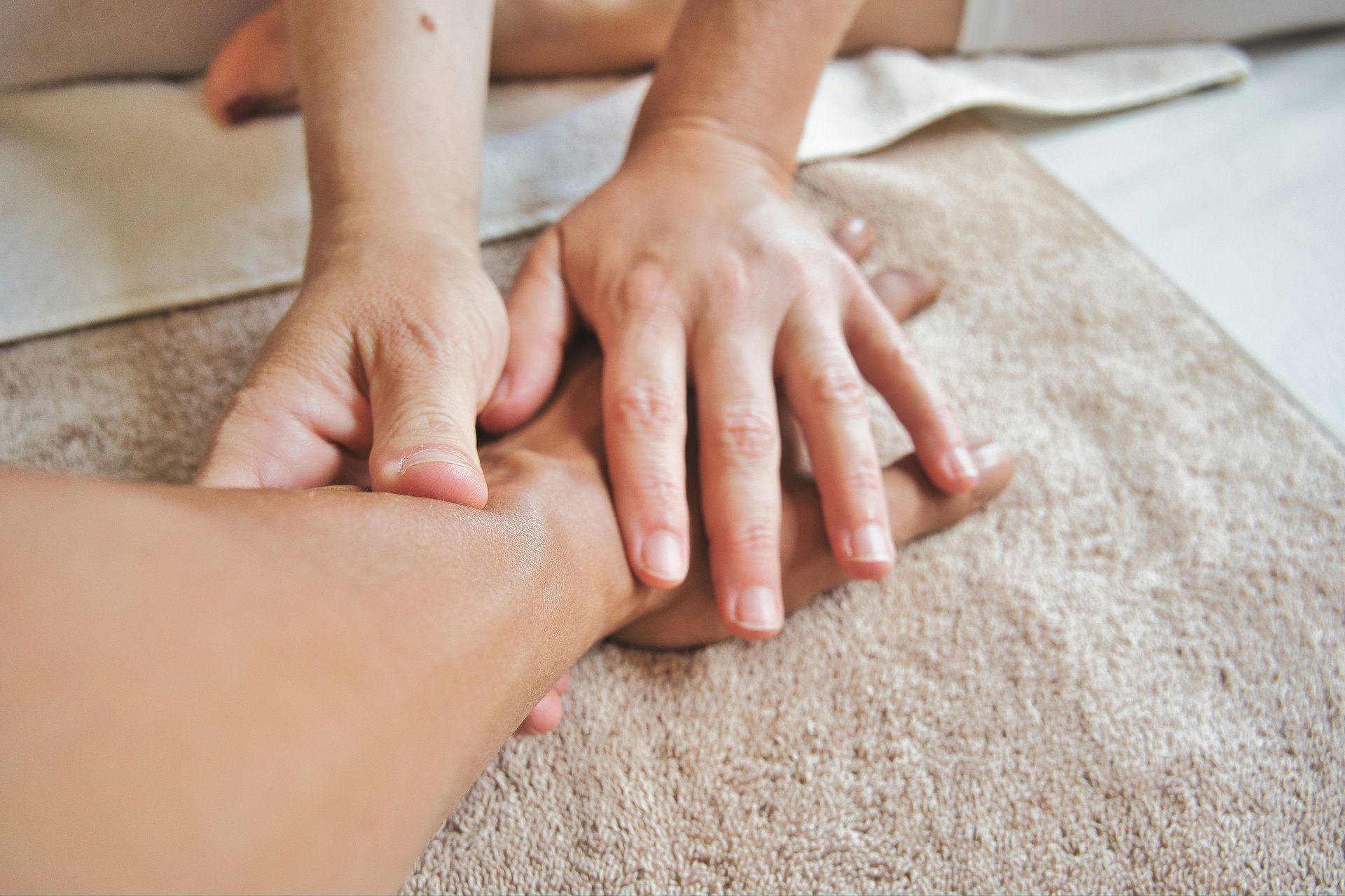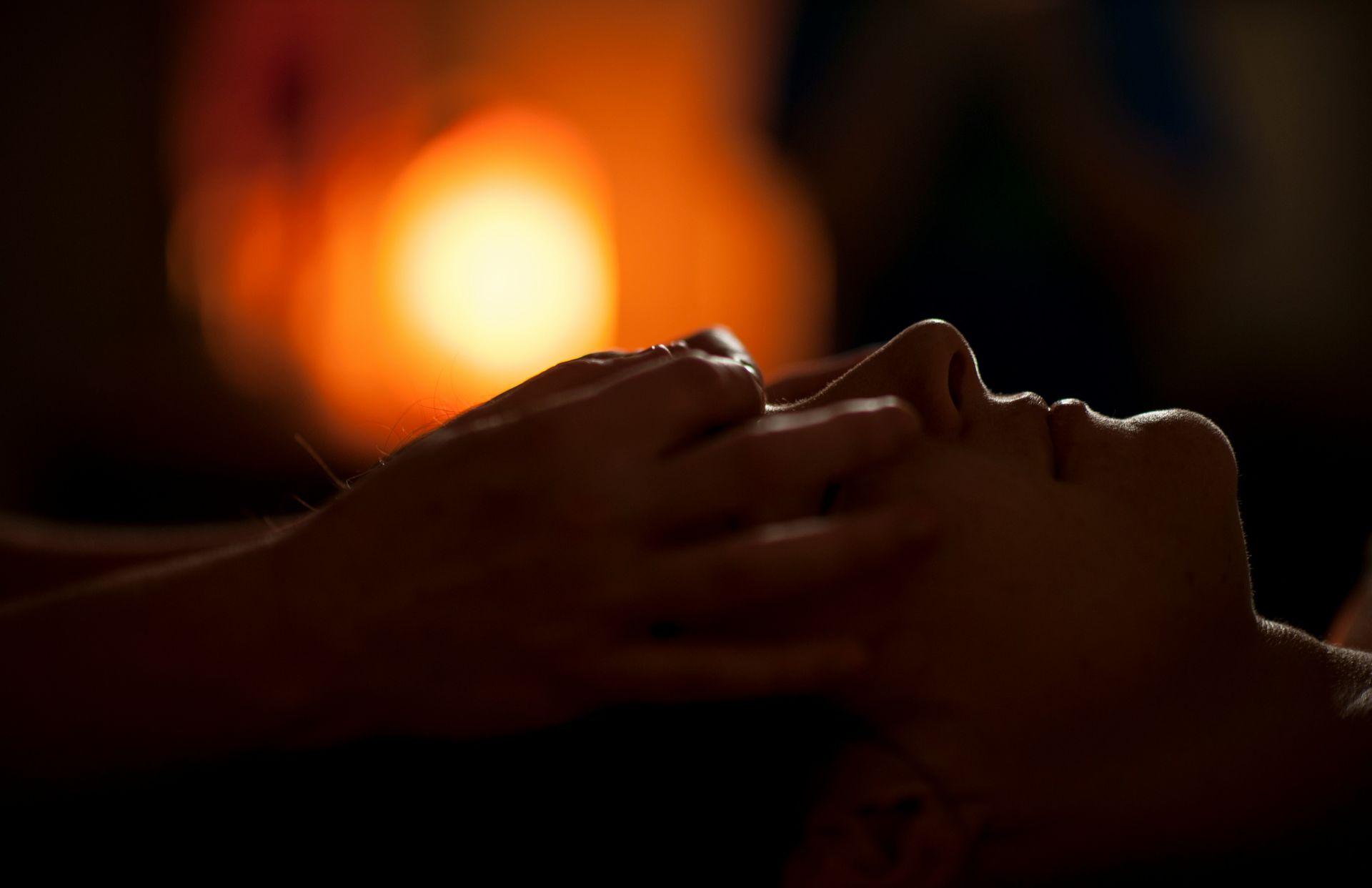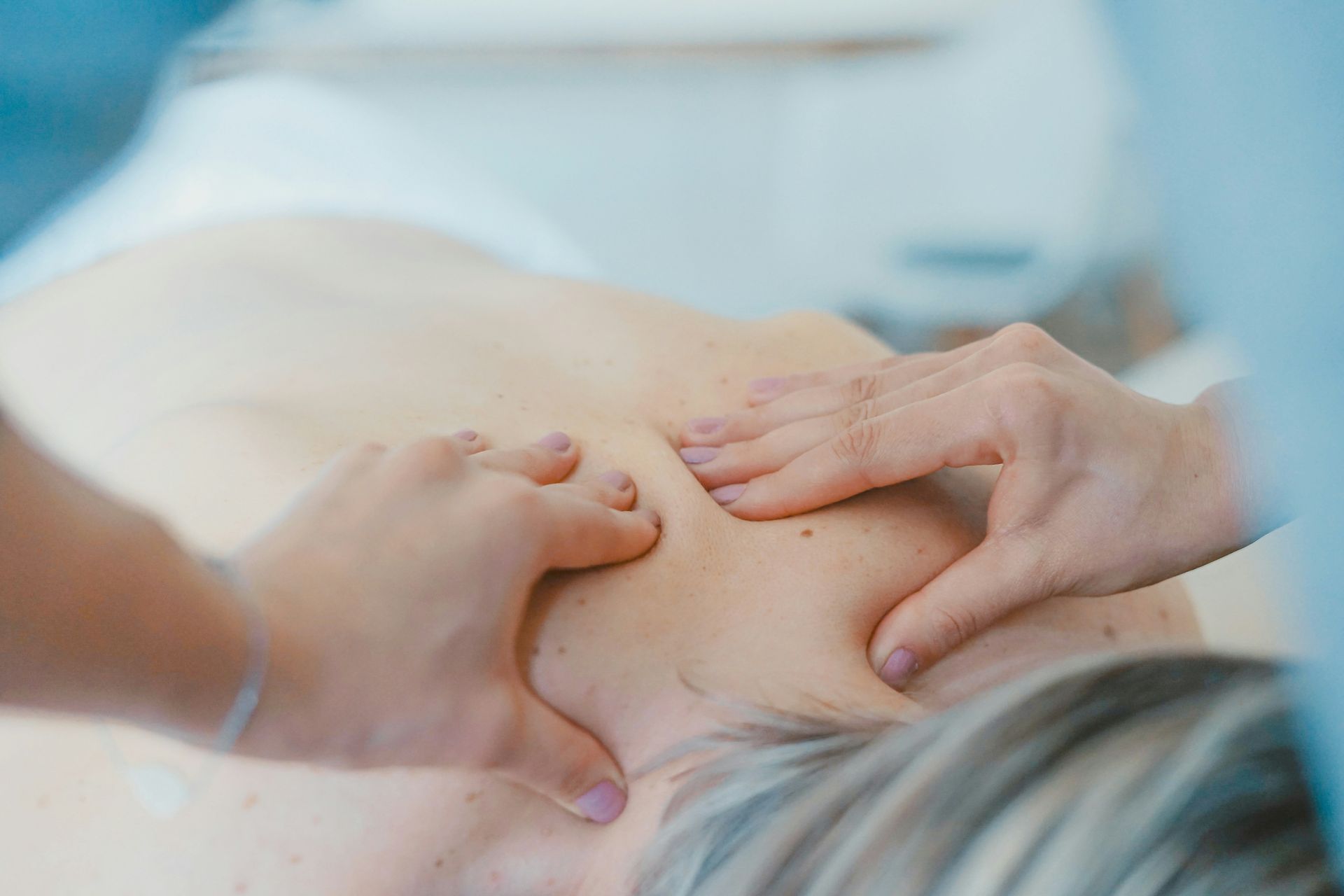Your Guide to Essential Oils Used in Aromatherapy Sessions
Aromatherapy has become a popular part of holistic wellness routines. At the heart of this practice are essential oils—concentrated extracts taken from plants, each carrying a unique scent and potential effect. Used in massage therapy, diffusers, and other calming settings, essential oils play an important role in shaping the atmosphere of a session. This guide will help you understand the most commonly used essential oils in aromatherapy and how they are generally applied.
Key Takeaways
- Essential oils are highly concentrated plant extracts used in aromatherapy.
- Different oils may be selected for their aroma and perceived calming, uplifting, or energizing effects.
- Common essential oils include lavender, eucalyptus, peppermint, and tea tree.
- Aromatherapy sessions often involve diffusers, massage oils, or inhalation techniques.
- Not all essential oils are suitable for every person—preferences and sensitivities vary.
- Consultation with a trained aromatherapist can help tailor a session to your needs.
What Is Aromatherapy?
Aromatherapy is a wellness practice that uses aromatic plant oils to support relaxation and comfort. Often used in hot stone massage therapy, spa treatments, or personal care routines, aromatherapy can involve inhaling essential oils or applying them to the skin through carrier oils. While the effects of essential oils may vary from person to person, the primary goal of aromatherapy is to create a pleasant sensory experience that may contribute to overall well-being.
How Essential Oils Are Used in Sessions
In a typical aromatherapy session, essential oils can be used in a few different ways:
- Diffusion: Oils are added to a diffuser to scent the air in a room.
- Topical Application: Oils are diluted in a carrier oil and applied to the skin, often as part of a lymphatic drainage massage.
- Inhalation: Oils are inhaled directly using steam or aroma sticks.
The method chosen depends on the desired outcome and personal preferences. It’s important that oils be properly diluted before application to avoid skin irritation.
Common Essential Oils and Their General Uses
Different essential oils are chosen for different reasons. Here is a table that outlines some commonly used oils in regular massage, aromatherapy and their general purposes:
| Essential Oil | Plant Source | Typical Uses in Aromatherapy |
|---|---|---|
| Lavender | Lavandula angustifolia | Soothing, calming |
| Peppermint | Mentha piperita | Refreshing, cooling |
| Eucalyptus | Eucalyptus globulus | Cleansing, stimulating |
| Tea Tree | Melaleuca alternifolia | Clarifying, purifying |
| Lemon | Citrus limon | Brightening, uplifting |
| Chamomile | Matricaria chamomilla | Comforting, calming |
Choosing the Right Oil for You
The best essential oil for your session depends on your preferences, sensitivities, and the atmosphere you want to create. Some people enjoy floral and soft scents, while others prefer something more citrusy or woody. If you're unsure where to start, consult with a trained aromatherapist who can recommend oils based on your needs and comfort levels.
Precautions and Best Practices
While essential oils are widely used, it's important to follow safety guidelines:
- Never apply undiluted essential oils directly to the skin.
- Conduct a patch test if you're using a new oil for the first time.
- Keep essential oils out of reach of children and pets.
- Some oils are not recommended during pregnancy or for people with certain health conditions.
- Quality matters—look for pure, therapeutic-grade oils from reputable sources.
Frequently Asked Questions
Are essential oils safe for everyone?
Essential oils may cause allergic reactions or skin sensitivities. Always perform a patch test for 24-48 hours; discontinue topical use if irritation occurs. Consult an aromatherapist or healthcare professional, especially with pre-existing conditions or allergies, for safe use.
How long does the scent of an essential oil last?
Essential oil scent longevity varies by oil type and application. Lighter oils (citrus) fade fast (under an hour); heavier oils (sandalwood, cedarwood) last longer, especially diffused. Diffusion prolongs airborne scent more than topical use or direct inhalation. Choose oils considering volatility, desired duration, and delivery method.
Can I mix essential oils together?
Aromatherapy blending involves carefully combining essential oils based on scent notes (top, middle, base), therapeutic actions, and volatility. Understanding chemical interactions is crucial for synergy and safety, ensuring effective and harmonious blends through experimentation and knowledge of essential oil chemistry.
What’s the best way to store essential oils?
To maintain effectiveness, store essential oils in dark glass bottles, away from direct sunlight and heat, in a cool, dark, and stable location such as a cupboard or storage box.
Do essential oils expire?
Essential oils last 1-3 years, depending on type, storage, and quality. Citrus oils degrade quicker, while thicker oils like sandalwood last longer. Store in dark glass bottles away from light, heat, and air. Degradation signs include changes in aroma, viscosity, cloudiness, or skin irritation. Proper storage extends shelf life and benefits.
Final Thoughts
Essential oils are a key part of aromatherapy sessions, helping to set the tone and enhance the overall experience. Whether you’re drawn to calming lavender, refreshing peppermint, or another unique scent, these plant-based oils offer a versatile tool for wellness routines. Just remember that how you use them matters—proper dilution, quality selection, and personal sensitivity all play a role.
Contact us today, and see how aromatherapy can be a soothing addition to your lifestyle.



